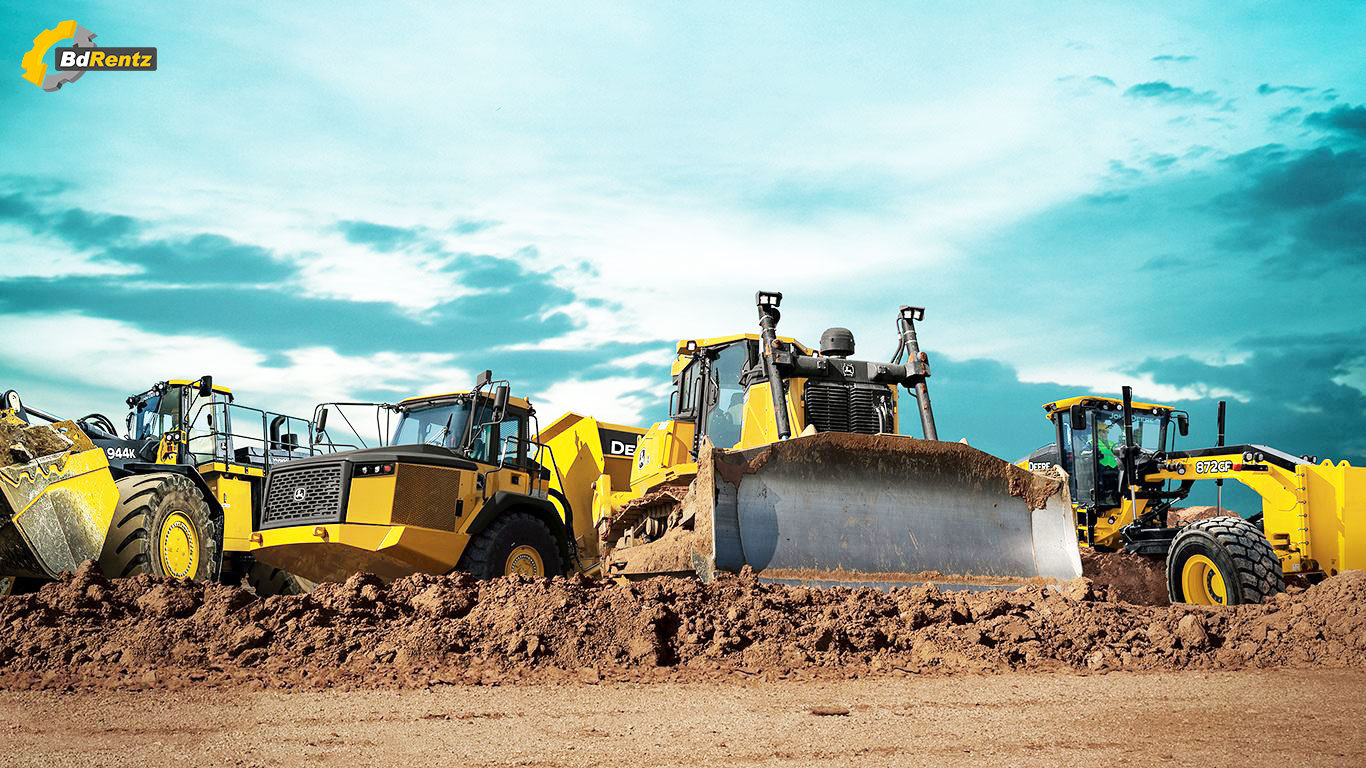Maximize Your Spending Plan by Understanding the Costs Related To Building Equipment Leasings
Understanding the full scope of costs connected with construction devices services is essential for maximizing your spending plan. What methods can be employed to efficiently handle these expenses and ensure a more reliable rental experience?
Review of Rental Prices
When taking into consideration building equipment leasings, comprehending the linked costs is vital for reliable budgeting and task preparation. Rental prices can vary dramatically based on several elements, consisting of tools type, duration of rental, and place. The first rental fee commonly shows the equipment's market need and its connected operational capabilities, affecting the general cost.
Along with the base rental rate, supplementary prices may develop, such as transportation costs, gas additional charges, and upkeep costs. It is important to account for these added expenses to properly evaluate the overall cost of leasing devices. Additionally, the rental duration can affect prices; longer leasings may get affordable prices, while short-term rentals could incur greater day-to-day costs.

Breakdown of Rental Rates
A thorough understanding of rental rates is essential for service providers and project supervisors intending to enhance their spending plans. Rental rates for building and construction equipment normally include several components, consisting of base rates, time-based charges, and use fees.
Base prices are the core costs related to the rental of the tools, frequently identified by the kind and dimension of the equipment. These prices can vary significantly, affected by elements such as devices need, availability, and regional market fads. Time-based costs, which may be daily, weekly, or monthly, serve to fit various job timelines and rental durations.
Additionally, rental rates may consist of usage fees, which are suitable when tools is made use of past a defined limit, ensuring that the rental business can account for deterioration. Seasonal need changes can additionally influence rental prices, with peak construction periods generally commanding higher prices.
Furthermore, comprehending the rental business's plans relating to maintenance and insurance can offer additional understanding into the overall expense structure. By examining these parts, professionals can make educated decisions, guaranteeing the option of rental devices lines up with both job requirements and spending plan restrictions.
Additional Costs to Consider
Recognizing the complexities of extra charges is essential for contractors to manage their general rental costs properly. Past the common rental rates, different supplementary charges can significantly affect the overall cost of equipment service. These costs usually consist of shipment and pick-up fees, which can vary based on distance and logistics entailed in carrying the equipment to and from the job site.
In addition, some rental business may enforce fuel surcharges if the devices is returned with much less gas than when leased. It is also vital to know possible cleansing fees, especially for specialized equipment that requires thorough upkeep after usage.

Completely reviewing the rental arrangement and making clear these additional fees in advance can aid service providers guarantee and avoid unforeseen prices that spending plans remain intact throughout the task lifecycle.
Upkeep and Repair Service Costs
Routine repair and maintenance expenses are usually front loader construction overlooked elements that can dramatically affect the general cost of building and construction tools rentals. When renting out devices, it is crucial to think about not just the rental fees but additionally the possible costs connected with keeping the machinery in optimal operating problem.
Several rental business consist of basic maintenance as part of the rental agreement; nonetheless, more unanticipated break downs or extensive repairs can lead to additional expenses. It's vital to evaluate the rental contract meticulously to comprehend what maintenance solutions are covered and what duties drop on the occupant.
Furthermore, equipment that is not properly maintained can result in inefficiencies on the task website, potentially raising and creating delays project costs. To reduce these dangers, it is recommended to carry out normal assessments and preserve open communication with the rental service provider pertaining to any type of concerns that occur during usage.
Insurance Policy and Obligation Costs
Insurance coverage and obligation prices are essential parts that can substantially influence the general expenditure of construction devices services (forklift rental). These costs make certain that both the rental firm and the client are protected from prospective monetary losses emerging from mishaps, damages, or theft during the rental period

In addition, customers need to understand any type of deductibles or exclusions in the insurance plan, as these can impact prospective out-of-pocket costs. Recognizing the conditions of any type of insurance coverage is essential to prevent unanticipated costs. Eventually, budgeting for insurance and liability expenses can aid make sure a smoother rental experience and heavy equipment rental prices safeguard versus monetary threats connected with building jobs.
Conclusion
In verdict, a thorough understanding of the prices connected with building equipment rentals is essential for efficient spending plan management. Inevitably, informed decision-making relating to devices rentals contributes to the general success of construction ventures.
Rental prices can differ dramatically based on a number of aspects, consisting of devices type, period of service, and area (equipment rental company). The rental period can impact prices; longer services may certify for reduced rates, while temporary rentals could sustain greater daily charges
By performing thorough study and engaging with trusted rental firms, professionals can properly navigate the intricacies look at here now of rental prices, ultimately optimizing their financial sources.
Beyond the basic rental prices, numerous additional charges can substantially impact the total cost of equipment rental. Rental firms typically provide responsibility insurance that covers injuries to 3rd events or damages to residential property, while equipment damages insurance policy can cover the expense of fixings or replacement if the rented out tools is damaged.